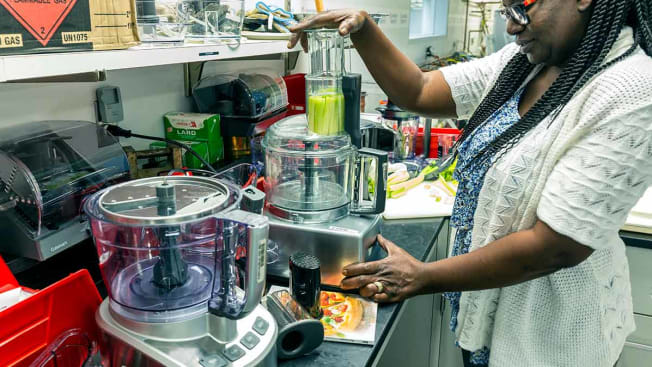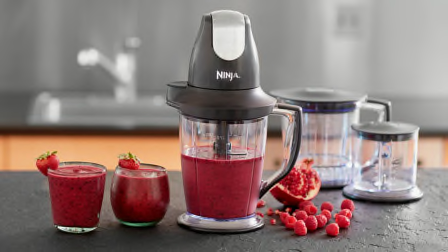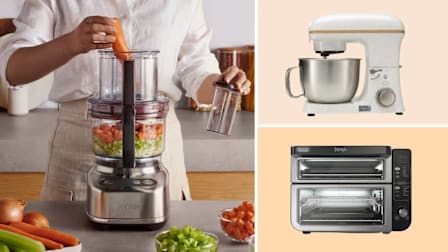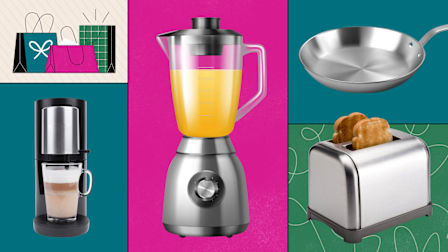How to Make the Most of Your Food Processor
Tips and tricks for realizing this countertop essential's full potential
When you shop through retailer links on our site, we may earn affiliate commissions. 100% of the fees we collect are used to support our nonprofit mission. Learn more.

Trendy small appliances come and go, but the food processor is one that’s a proven mainstay.
This workhorse can chop, slice, shred, and purée many different ingredients—and probably far faster than you can with a knife and cutting board. Some models can even knead dough and grind meat. It’s definitely a lifesaver when cooking for a crowd or preparing multiple batches of a recipe. In those situations, a bigger model with a capacity of 11 to 16 cups might be ideal.

Tips for Doing It Right
Always insert the blade before adding food. Set the blade in the work bowl and make sure the bowl is fitted on the motor base before putting in ingredients. If the blade isn’t sitting correctly, the appliance could break.
Use the pulse button. This function gets you an even chop without the risk of overprocessing. Otherwise, onions and other foods with a high water content can quickly turn into a purée. Use this for chopping nuts or making salsas.
Let hot liquids cool down. For your safety, bring hot ingredients to room temperature before processing.
Purée soup ingredients without stock. Strain out the cooked vegetables from the stock pot and purée them in the food processor. They’ll blend smoother without liquid. Then whisk the purée back into the strained liquid.
Partially freeze meats and cheeses. Before processing, get the ingredients really cold, but not frozen solid, for the best ground meat and shredded cheese.
Be patient when making nut butters. The longer you process, the softer and silkier the butter will be.
Avoid “mashed” potatoes. Here’s an instance where the food processor won’t come in handy. Cooked potatoes develop a gluey texture when processed with the metal blade. You’d be better off using a stand mixer to make this dish.
Food Processors That Shred the Competition
You’ll see 40 models in our food processor ratings. Here are three that do a great job at chopping, shredding, slicing, and grating. They appear in alphabetical order.
































